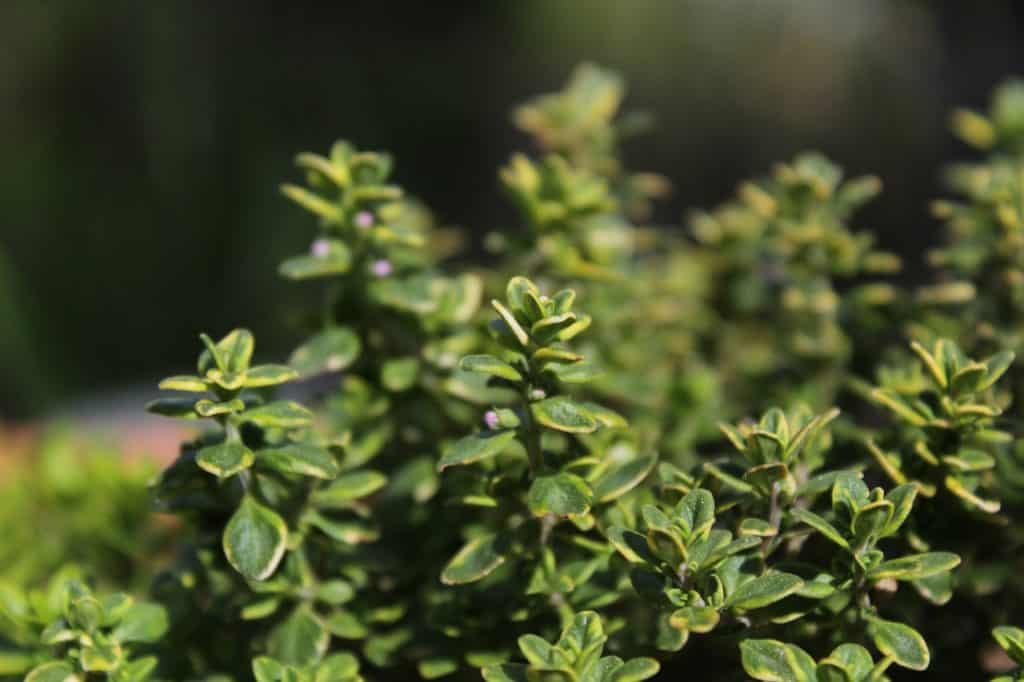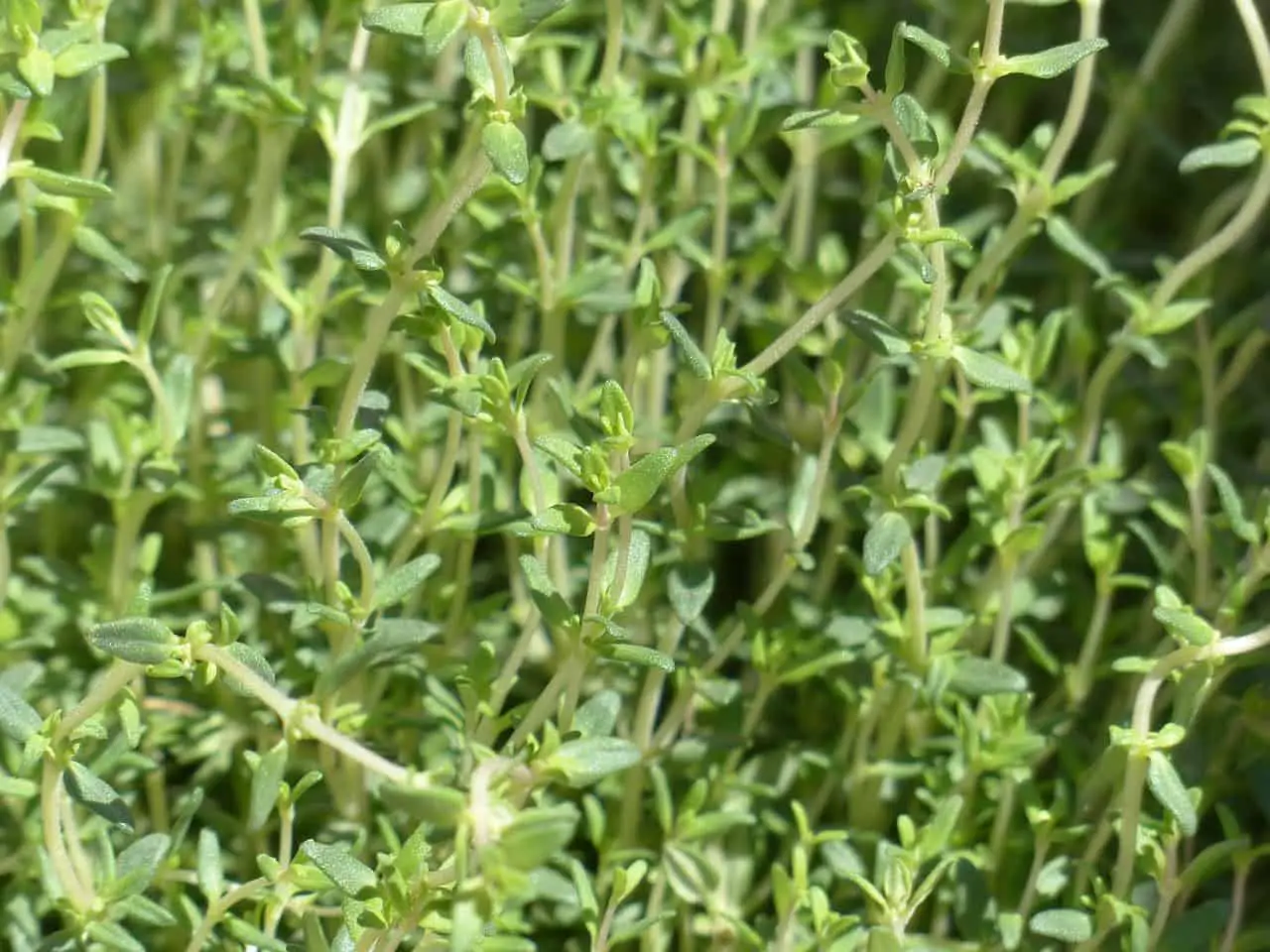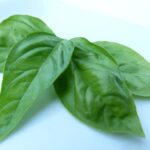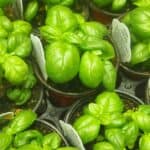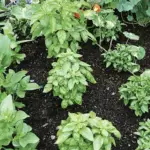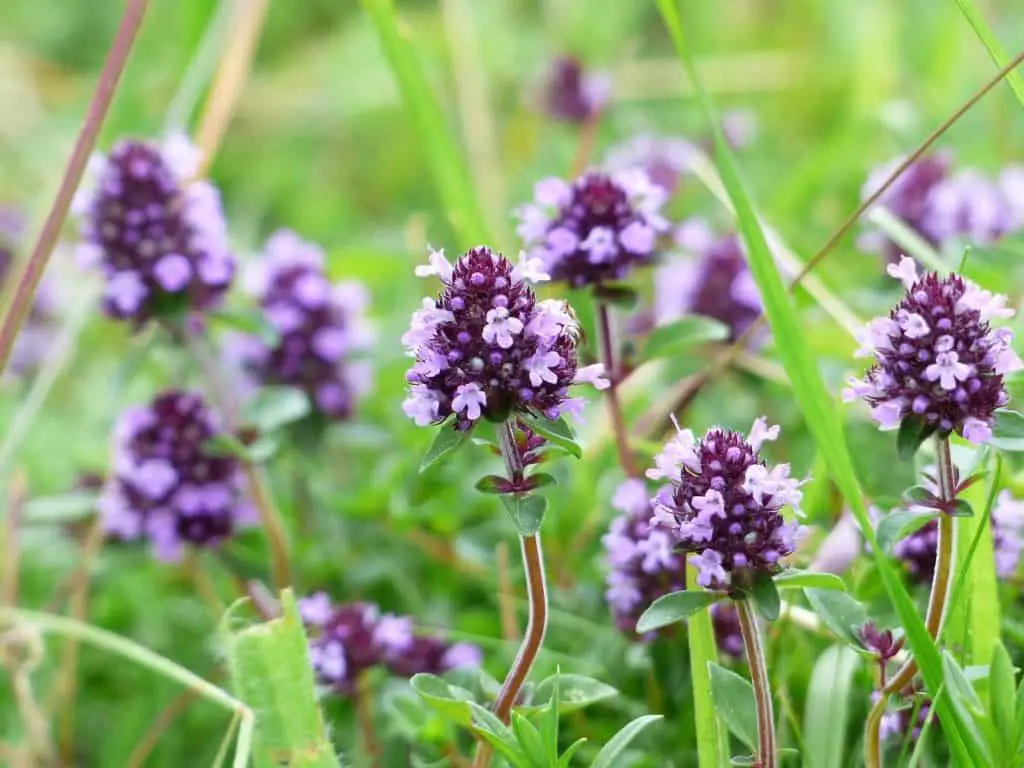
Does Thyme Grow Better Indoors Or Outdoors
Welcome to this post about whether thyme will grow better indoors or outdoors. I can already reveal the answer, it will entirely depend on what type of environment the plant is living in. Inside it will grow steady all year round with some more aggressive growth in the summer. But if you keep it outside all year round then it can form a much bigger root system but wont grow any during the winter if you get snow where you live. Read down below about these topics more in depth.
.
If you want to learn more about thyme and especially about growing it in different spaces and conditions, then read our guide here, How To Grow Thyme Indoors And Outdoors.
Does Thyme Grow Better Indoors Or Outdoors
Like we revealed in the beginning of this article, the answer to the question will depend on the type of climate that you are living in. If you have a very cold winter usually then having your thyme growing in a pot that you can keep outside during the summer but inside during the winter might be a very good option. But if you don’t really get harsh winters then you might as well grow it outside on freeland and let it flourish.
.
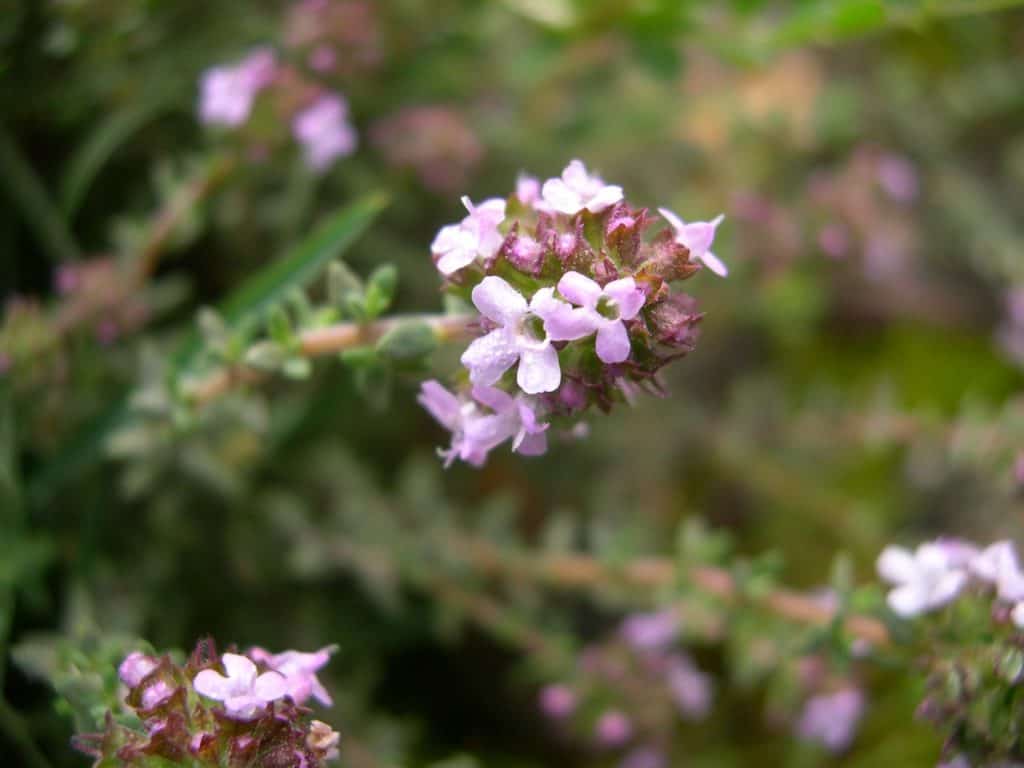
Are you having trouble keeping your thyme alive and thriving outdoors? Then you can read one of our articles covering exaclty that topic, find it here, How Do You Keep Thyme Alive Indoors.
There are benefits and drawbacks to both of them. One of the main benefits of growing outside on freeland is having the thyme grow a much larger root system. It will be more durable in the event of either deep snow or hail storms or whatnot. Thyme already is a pretty sturdy plant but having it grow in its more natural habitat will further enhance that. For me atleast, I find that they even taste a little bit better growing like this.
.
What Conditions Does Thyme Grow Best In?
But growing thyme in a pot I have to admit is the most convenient. It’s really nice being able to move it around the garden and letting it take in the most amount of sun during the day. Thyme, as you might know, really likes the sun. For it to grow the best it should ideally get somewhere around 6 – 8 hours at least during the day. So placing the plant in the correct location is important, but that’s usually something that comes with experience and trial and error.
.
So to reiterate again on the question where the best place to grow thyme is, indoors or outdoors. The best has to be outside i think. It just has more benefits of making the plant sturdy and able to manage tougher conditions. Also having the ability to grow a massive root system and actually concentrate the flavor of the herb even more.
.
Are you concerned about your thymes wellbeing if you keep it outside? In this article we talk about some of the benefits of growing it outdoors. Find it here, Can You Put Thyme Outside.
